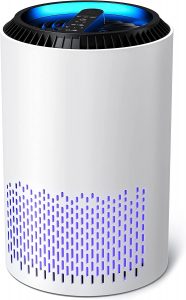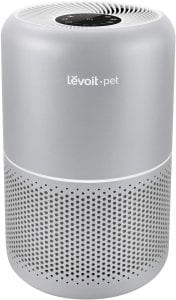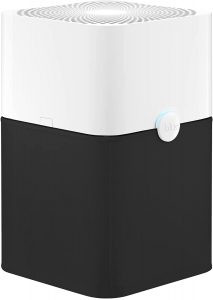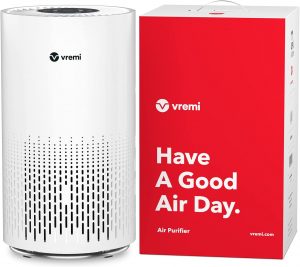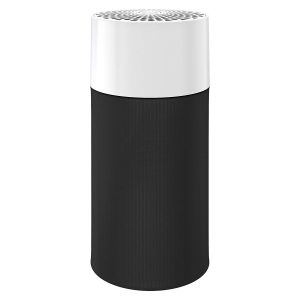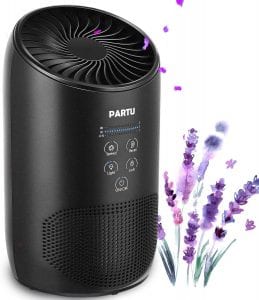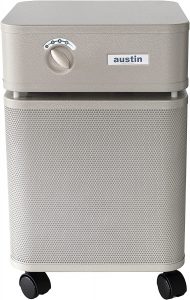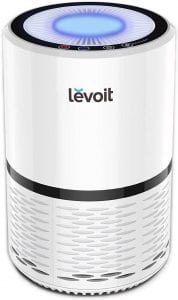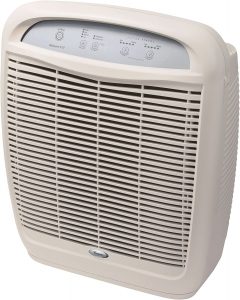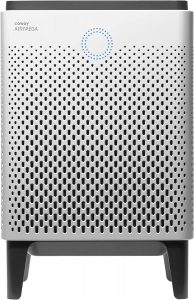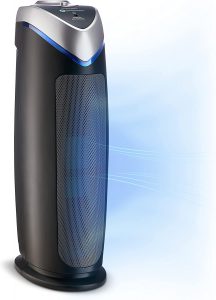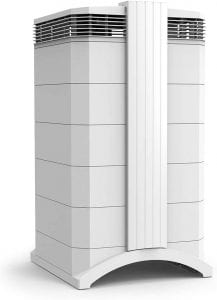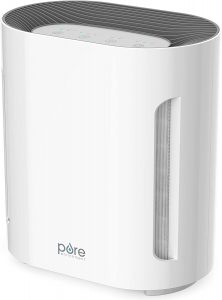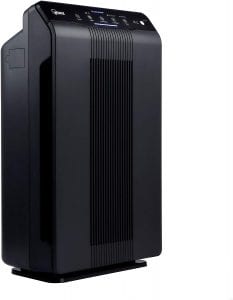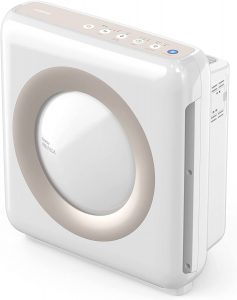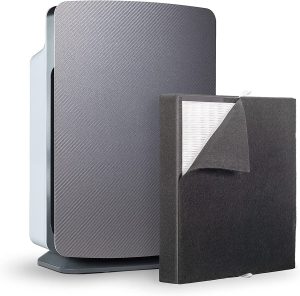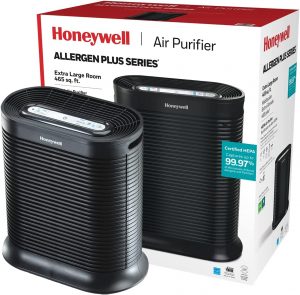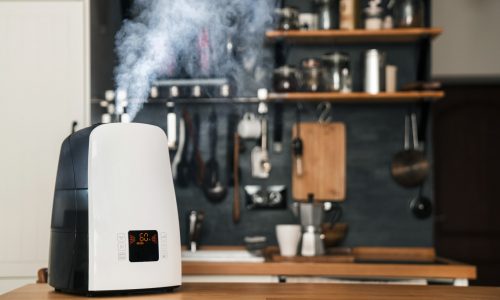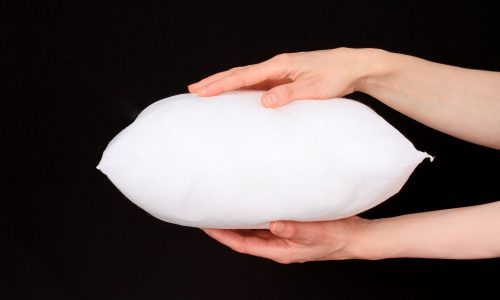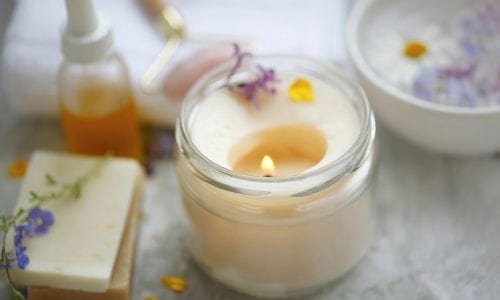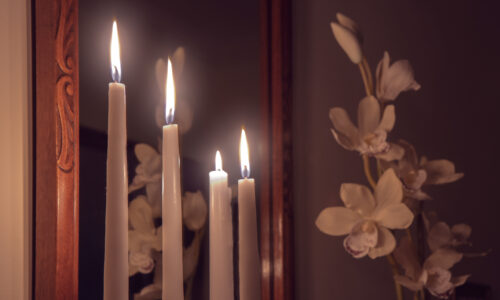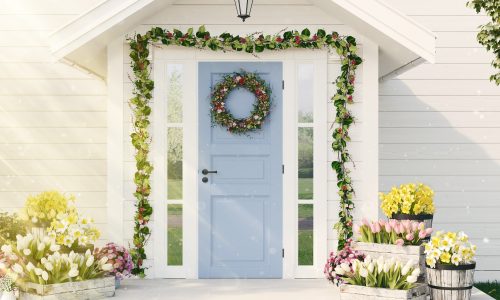Defeat Dust And Allergens With The Best Air Purifiers
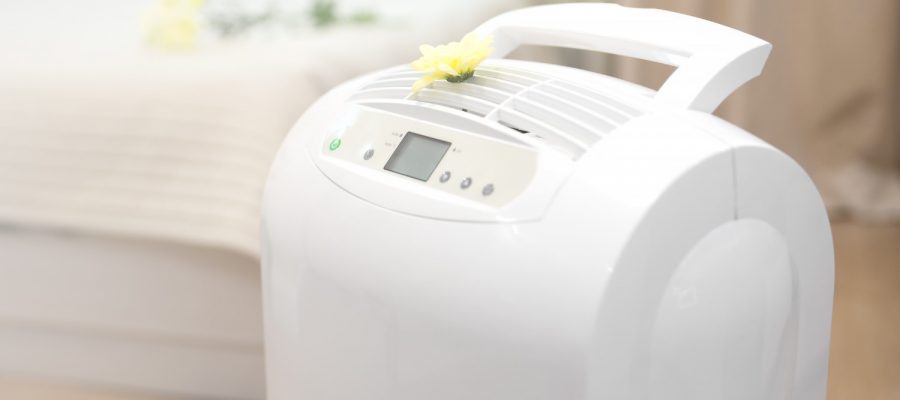
Our Review Process
Don't Waste Your Money is focused on helping you make the best purchasing decision. Our team of experts spends hundreds of hours analyzing, testing, and researching products so you don't have to. Learn more.
Our Picks For The Top Air Purifiers
- 1. AROEVE High Circulation Quiet Air Purifier
- 2. LEVOIT 24db Smell Reducing HEPA Filter Air Purifier
- 3. Blue Pure 211+ One-Button Air Purifier
- 4. Vremi Large Room Home True HEPA Filter Air Purifier
- 5. Blue Pure 411 Asthma Reducing Air Purifier
- 6. PARTU Corded HEPA Air Purifier
- 7. Austin Air Healthmate Wheeze Reducing Air Purifier
- 8. LEVOIT LV H132 Ozone-Free Air Purifier
- 9. Whirlpool Whispure User-Friendly Air Purifier
- 10. AirMega 400 Sleep Mode 24/7 Air Purifier
- 11. GermGuardian Full Room Air Purifier
- 12. IQAir HealthPro Plus Hospital Grade Air Purifier
- 13. Pure Enrichment PureZone True Corded Electric Air Purifier
- 14. Winix 5500-2 Allergen-Free Auto Mode Air Purifier
- 15. Coway Mighty 4-Stage Eco-Friendly Air Purifier
- 16. Alen BreatheSmart Customizable Air Purifier
- 17. Honeywell True HEPA Allergen Remover Air Purifier
Since this air purifier is equipped with a H13 HEPA filter, it's able to remove large particles from the atmosphere, including pet dander. That makes it an excellent choice for dog and cat owners. The unit also has a high circulation rate, refreshing the air in any room in just 20 minutes.
Ideal for Pet OwnersThis air purifier comes with an aroma pad. Add four to five drops of your favorite essential oil and the room will be filled with a pleasant scent.
In addition to removing annoying allergens from the air in your home, this air purifier deodorizes, thanks to the activated charcoal filter. There's a sleep mode and timer built-in, so you can program the purifier to shut off automatically. This unit even comes with a pet lock button, so your furry sidekick can't alter any of the settings.
Great at DeodorizingIf you're looking for an air purifier with all the bells and whistles, this model with its built-in timer, pet lock button and deodorizer is for you.
Made using a three-stage filtration system, this air purifier is capable of eliminating everything from smoke to pollen to dust mites from the air in your living space. Pet, cooking and other odors are also removed from the air as they pass through the system's activated charcoal filter. The best part about this system is that you only need to pres...
Single Button OperationThis air purifier runs so quietly that you won't even know it's on.
If you're looking to reduce the allergens in your home, you'll want to set up this air purifier. It is able to remove 99% of the most common airborne irritants, so you're not left suffering with itchy eyes and constant sneezing. The unit is even equipped with a reset filter indicator, so you can stay on top of filter replacements.
Top PickSince this air purifier is capable of removing 99% of pet dander, it's an excellent choice for dog and cat owners.
Buying Guide
Despite the best efforts of the filters in our air conditioners and furnaces, pollen and dust particles can settle into carpets and upholstery. Mold spores can grow in moist areas. And if there are pets or smoke involved, there can be even more particulates in the air.
Whether you suffer from allergies or just want to eliminate the smell associated with all this particulate matter, a good air purifier can be an essential accessory in any room. But how are they different from the filters we already have in our regular AC?
MORE: Our ultimate guide to the best Prime Day deals this year
All that depends on the purifier. Most models circulate air through a HEPA (High-Efficiency Particulate Air) filter, and often more than one. HEPA filters are certified to trap particulate matter as small as 0.3 microns, which covers dust, pollen and most bacteria. Some purifiers boast a medical-grade Hyper-HEPA filter that will go down to 0.003 microns — enough to pick smoke out of the air.
In conjunction with this, the more high-tech air purifiers can employ an extra line of defense. Some models use an optional UV light that renders many micro-organisms sterile, and an activated charcoal filter that can actually pull in and neutralize toxins through electrostatic attraction. There are also models that can ionize incoming particles, which are then sucked in by metal plates or other treated substances.
For a measure of general effectiveness, you can look for a rating on most air purifiers called the CADR — Clean Air Delivery Rate. It’s a number that represents the cubic feet per minute (CFM) of air that has been cleared of all the particles of a given size. These ratings are recognized by the federal government and can be found on most devices. If you can’t find them, the number is fairly easy to calculate: Just take the CFM on the air purifier and multiply it by the percentage of a certain particle (smoke, pollen, etc.) that the machine can remove.
What to Look For
- One of the first things you’ll want to consider when buying an air purifier is the kind of room you’ll be using it in. When it comes to price, this is usually the primary factor. A workhorse unit that can handle an entire living room and kitchen is going to run you significantly more than a machine that’s meant for a home office for good reason.
- Are you looking for protection from allergies or just need to freshen up the air? A quick look at the specs for the purifier should tell you what particles it can effectively remove from the air. Again, a HEPA filter is going to do the trick for most common irritants and odors, including pet hair and dust. But if you live in a smoker’s house, look into something more robust.
- Much like your air conditioner, you’ll likely be keeping an air purifier on for as long as you plan on breathing the air in that room. In a lot of cases, that might be all day, so power consumption matters. Frugal users might want to check out the wattage specs on prospective models. There are also features that can mitigate that electricity drain, such as timers. In most cases, your air purifier won’t be running all the time. It’ll cycle the air through a few times an hour, and you can adjust that number more or less with most models.
- Another thing to figure into your price point are the filters. Like your AC, there’s upkeep involved. Check not only the price of your filter, but the frequency with which you’ll need to replace it.
- Since they’re meant for indoor use, most air purifiers are better looking than, say, that wall AC unit you had in your dorm room at college. That said, few people want them as the focal point in a room. If you’re getting one for a small room, you likely want a small purifier — or at least one that’s nondescript.
More to Explore
That air purifier humming away in the corner of your room may look tranquil, but it was initially created for military use. The HEPA filters that are so common today were first employed to keep lab workers safe at the Manhattan Project, the 1940s scientific effort that led to the creation of the atomic bomb. Back then, scientists were less concerned with their ability to keep their allergies in check. They were using the filters to block out as much radioactive material as possible.

